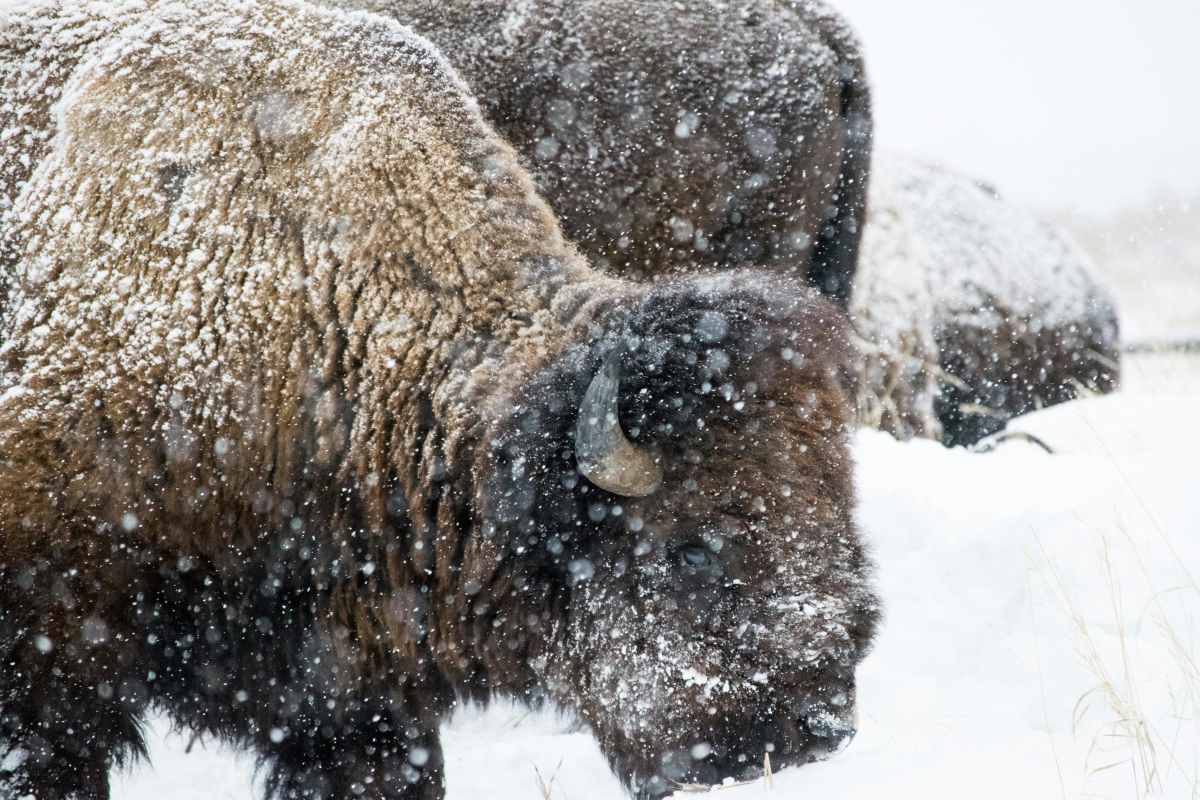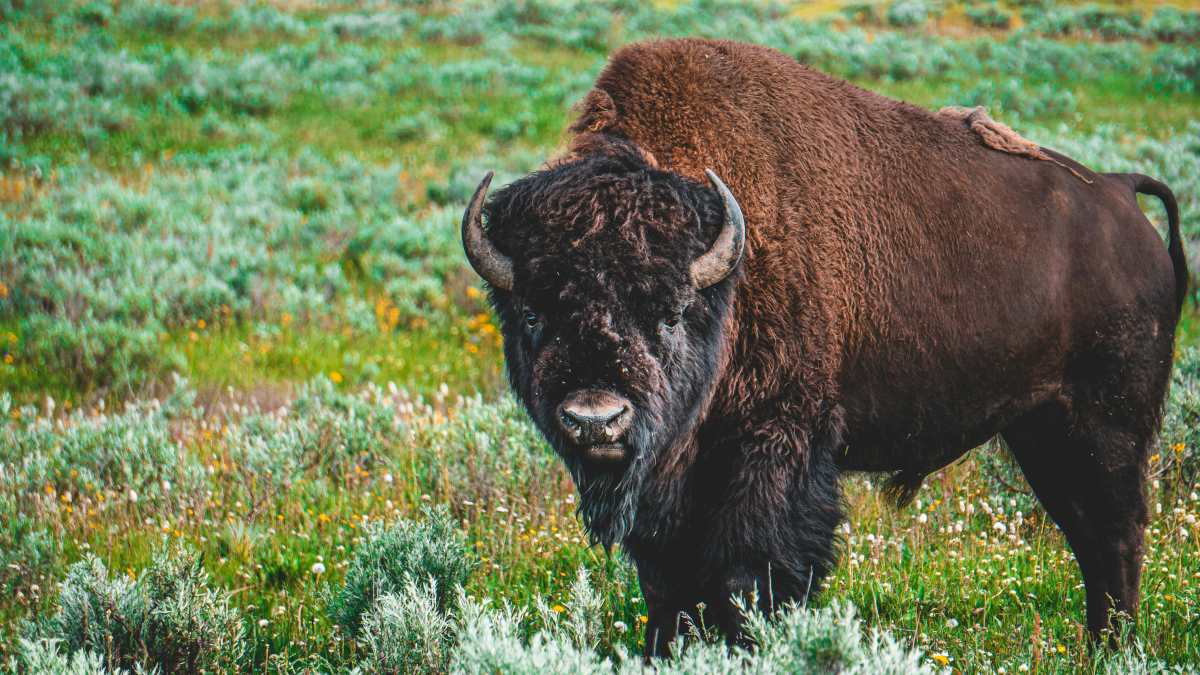Alaskan researchers found 50,000-year-old bison frozen in permafrost. They just made a stew and revealed how it tasted

Usually, experts are careful while examining the remains, but sometimes they may also have some fun. This "fun" could lead them to have some of these precious remains in their stomach. It is what transpired with a team of researchers on April 6, 1984, as reported by IFLScience. They cooked up bits of a well-preserved bison from the Pleistocene period, and to the surprise of some, they lived to tell the tale. It seems like a 50,000-year-old bison can remain "fresh" for a long time.

Frozen in time
Gold miners in Alaska discovered the remains of steppe bison (Bison priscus) in 1979. It was frozen in permafrost, and back then, it was the only known Pleistocene bison recovered from the permafrost. Researchers named it "Blue Babe" and soon started the retrieval process. Palaeontologist Dale Guthrie played a prominent part in the recovery. He and his team collected the bison's collagen, which indicated that it was around 36,000 years old. However, modern investigations have dated it further back, claiming that the remains are actually 50,000 years old. On a closer look, the team determined that the bison had possibly fallen to its death at the hands of a lion.

During the operations, gold miners had melted some of the permafrost and then reported the findings to experts from the nearby University of Alaska Fairbanks, according to Atlas Obscura. Gunthrie, who worked as a professor and researcher at the university, was challenged by the almost impenetrable nature of the permafrost in his pursuit to free the creature. Ultimately, he decided to cut what he could, refroze those remains, and wait for the head and neck portion to thaw, as the permafrost had already been violated. This process took five years. Upon investigation, researchers concluded that the creature must have frozen quickly after its death, as decomposition in the remains was negligible. The bison's fatty skin and bone marrow were all exceptionally intact.
Dinner party of a lifetime
Taking inspiration from Russians who had done something similar far north, the team decided to make a dinner party with Blue Babe as the main ingredient. "All of us working on this thing had heard the tales of the Russians [who] excavated things like bison and mammoth in the Far North [that] were frozen enough to eat," Guthrie shared. "So we decided, 'You know what we can do? Make a meal using this bison.'" The party was organized after taxidermist Eirik Granqvist had completed his work on Blue Babe, and the late Björn Kurtén was in town to give a lecture. The team decided to use pieces from the bison's neck to make a stew.

They chose the neck's flesh because it had frozen when it was still fresh. Guthrie claimed that when the neck meat thawed, it gave off an aroma similar to beef, mixed with a bit of mushroom. Guthrie marinated this aged meat with a lot of garlic and onions, mixed with carrots and potatoes. Along with wine, researchers had a full-fledged dinner. Guthrie was warned about the animal's age and the possibility of getting sick, but wasn't deterred, as he had experienced eating such meat due to his experience as a hunter. "That would take a very special kind of microorganism [to make me sick]," he said. "And I eat frozen meat all the time, of animals that I kill or my neighbors kill. And they do get kind of old after three years in the freezer."
Taste test
The moment of truth arrived when eight people gathered to savor the exquisite meat. Fortunately, no one fell sick, and as far as the taste was concerned, it was on expected lines. Guthrie claimed that there was a bit of "wring of mud" in the taste, but it wasn't so bad that the guests couldn't finish up one bowl of stew each. "We had Blue Babe for dinner. The meat was well aged but still a little tough, and it gave the stew a strong Pleistocene aroma, but nobody there would have dared miss it," Guthrie concluded. The bison remains on display at the University of Alaska Museum of the North.